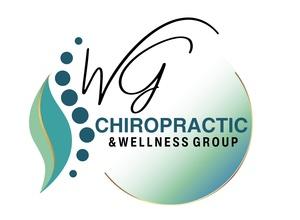
Why foam rolling?
Benefits of foam rolling for self-myofascial relief
Self-myofascial relief is a self-massage technique that you can apply to release muscle tightness or trigger points. It can be performed with various tools, the foam roller being one of the most popular. Using a foam roller can help to increase the blood flow and thus decrease recovery time and increased range of motion, especially in muscles that are typically tight.
When and how to use a foam roller?
As foam rolling reduces tightness, increases range of motion and blood flow to the working muscles, it can be used as part of the warm up, ideally before stretching or cardio. It can be also used during the cool down part of the workout in order to speed up recovery time. Ideally foam rolling is used during both parts of the workout, but if time is limited it should be at least included in the warm up to reduce the risk of injury or altered movement patterns due to tight (i.e. inhibited) muscles. As for technique, it is important to execute all movements slowly spending between 30 – 90 seconds on each muscle to allow it to respond. If a tight spot is found, try to stay on it until it relaxes. The intensity can be altered by using your body weight pressing harder or softer into the foam roller.
In a recent study it also has been shown that self myofascial release with a foam roller can be effective for increasing flexibility when combined with static stretching. This was demonstrated when comparing foam rolling and static stretching of the hamstring muscles. The study findings indicate that using foam rolling in addition to static stretching is superior to either self myofascial release or static stretching alone.
About the author: Friederike is the VP of Business Development and Marketing Strategy at WebExercises. She is a certified personal trainer and previously worked for Reebok, BMW, and the Adidas Group in the US and Asia.
